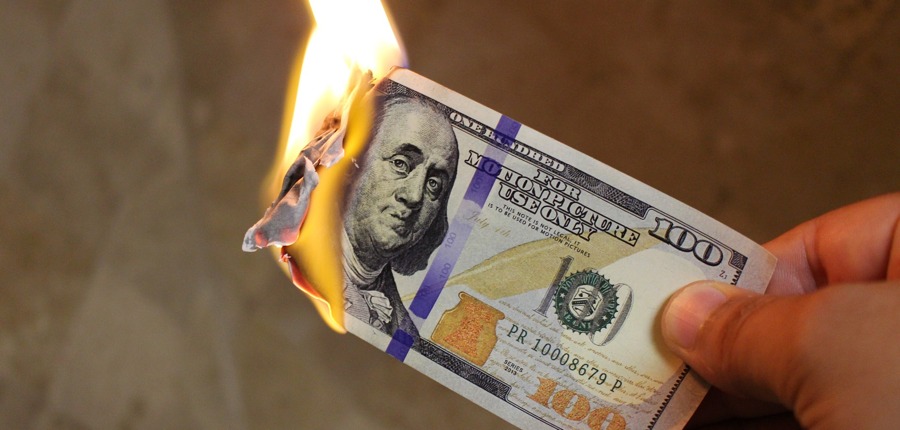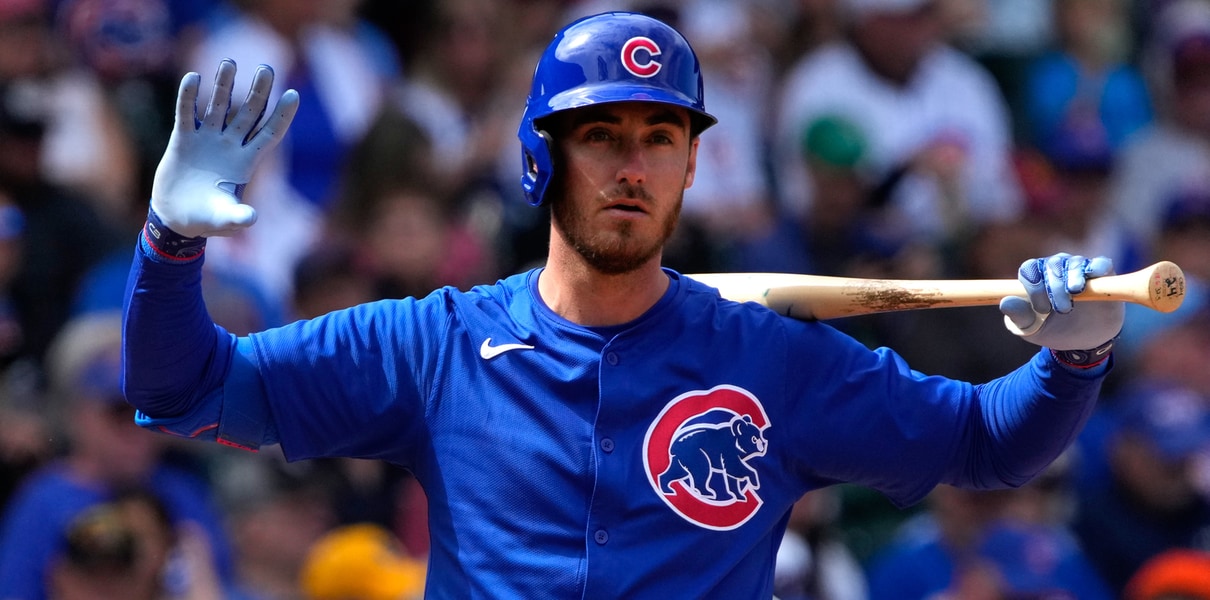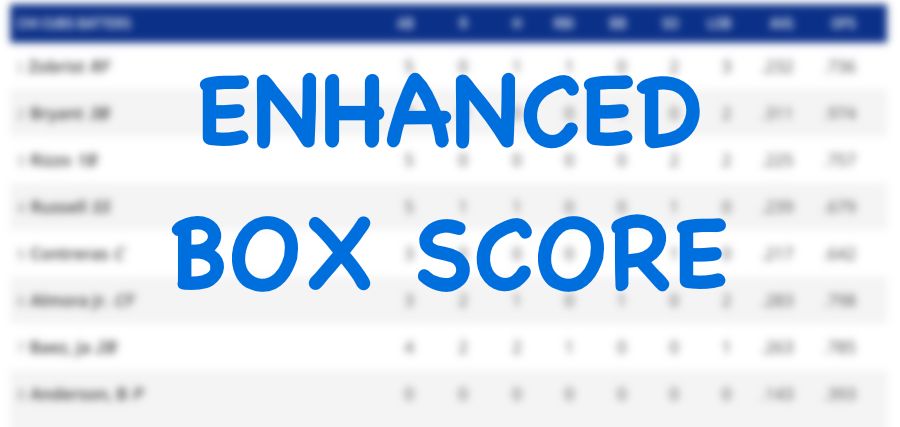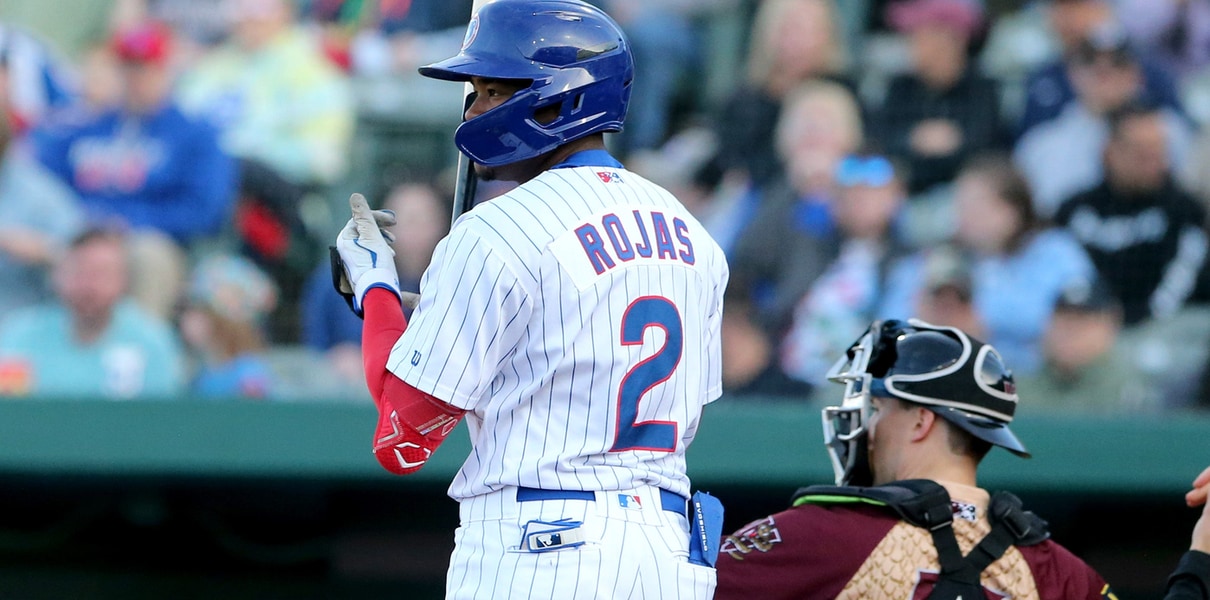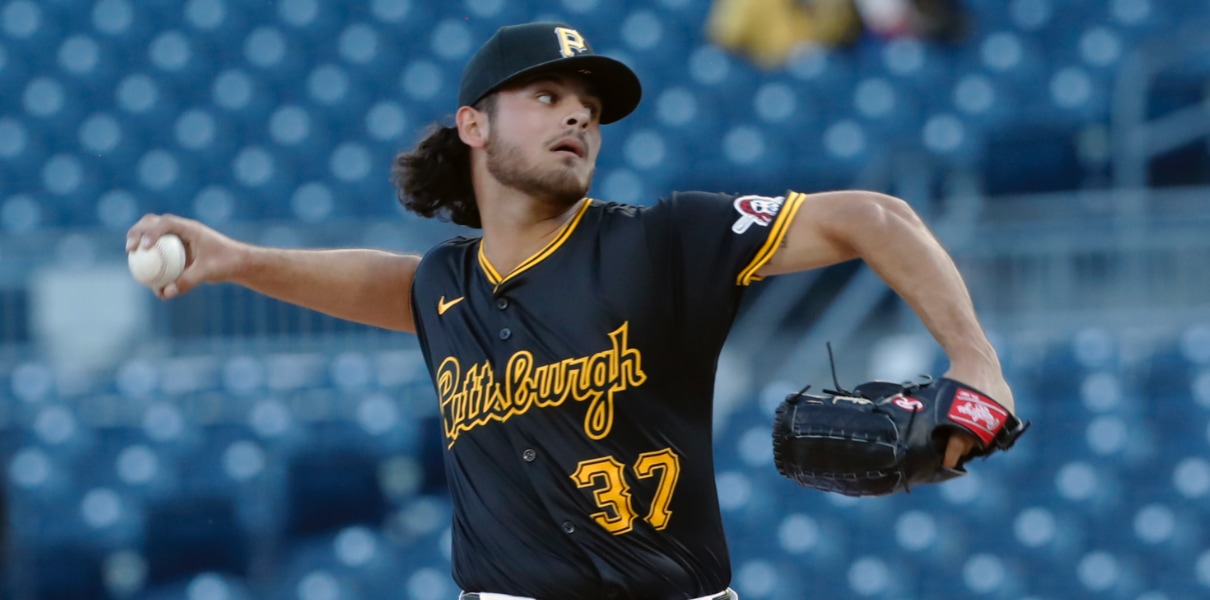It was pretty big and concerning news late last year when it was revealed that, despite another year of revenue growth in the MLB machine, player payrolls had actually dropped for the first time in nearly a decade.
That was probably right around the time that the drumbeat of yeah-there’s-gonna-be-a-strike was at its loudest. Since then, the league and the players have worked out some interim rules changes and have agreed, in unprecedented fashion, to re-open the CBA and start negotiating economic issues after the season begins. Furthermore, the biggest free agent stars signed the kinds of massive contracts were were expecting, and an absurd volume of huge-AAV contract extensions have been signed.
I wouldn’t say it felt like the tide had totally turned on labor relations, but it certainly seemed like it was slipping more into the background.
Now, it’s gonna pop right back up again:
AP study: MLB average salary on track for 2nd straight drop. https://t.co/XK57Vs4Tbu
— AP Sports (@AP_Sports) March 26, 2019
Yikes. Just yikes.
In a league where revenues continue to climb, the AP reports that the average salary this year looks like it’ll land at about $4.36 million, down from $4.41 million at the start of last season, and down from $4.45 million on Opening Day in 2017.
The big boys are still getting paid, and that’s good. But baseball’s older, less elite players are increasingly getting squeezed out as they head into their 30s, and the young players replacing them have not seen their own salary structure change in any meaningful way. Perhaps that will be part of the economic negotiations coming between the players and the league.
Read the AP report for the full story, including Scott Boras’s idea of a “franchise player” designation, who doesn’t count against the luxury tax cap.



